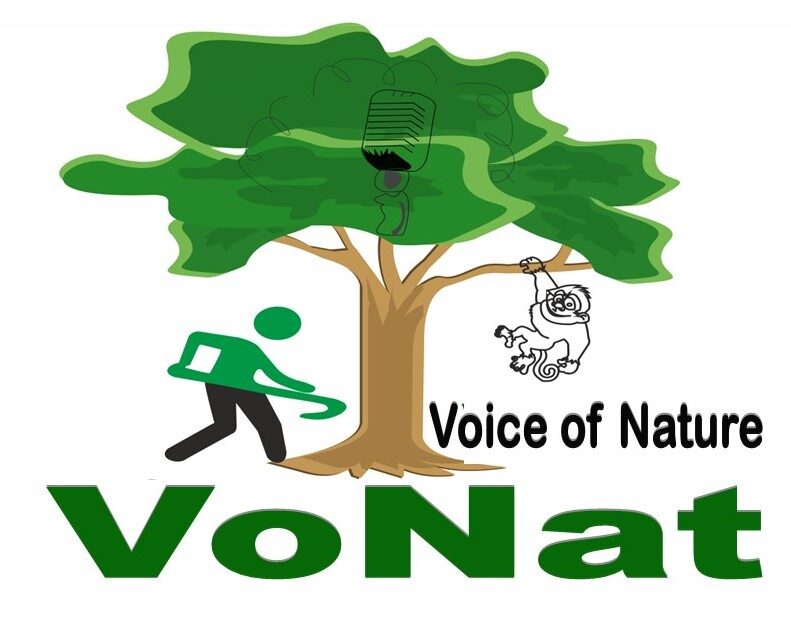The Cameroon Government, February 2023, signed a decree transforming Mount Muanenguba, a melting pot for biodiversity species located in the South West and Littoral regions of Cameroon, into Herpeto-ornithological Sanctuary. This made the mountain the first protected area in the country for the conservation of amphibians, reptiles and birds. Though the move by the Cameroon Government was widely celebrated, most local communities members have little or no idea about the decree, making the implementation of the new conservation objectives unrealistic.
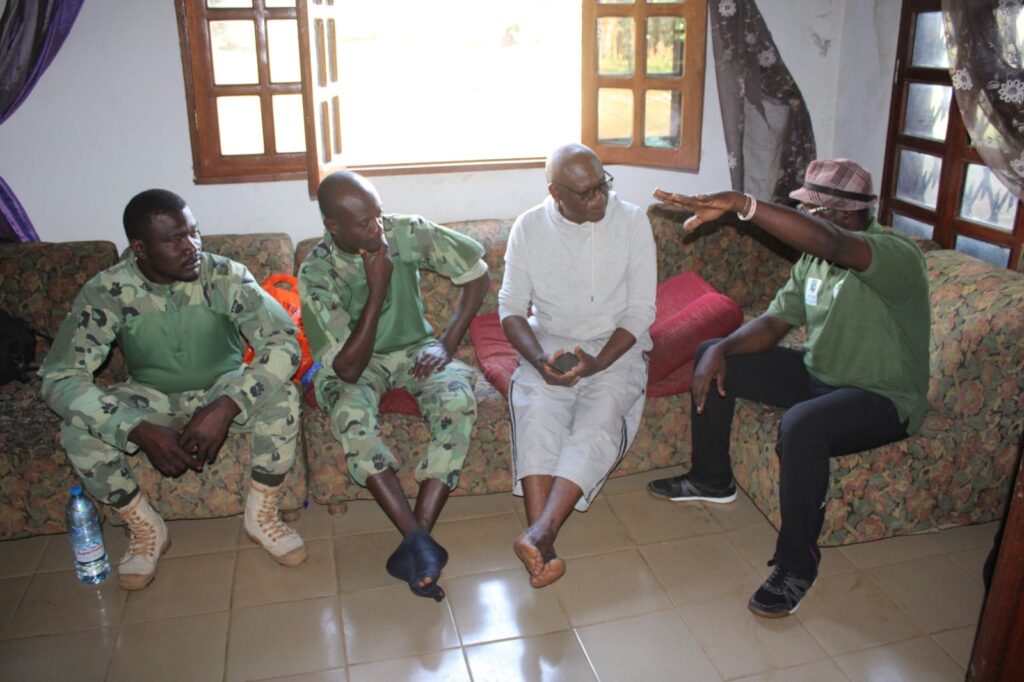
Cognizant of this, a Cameroon-based biodiversity conservation and sustainable development non-profit organization, Voice of Nature (VoNat) is carrying out a community-wide sensitization campaign on the new status of this landscape. This campaign aims to enlighten community understanding of the Government Decree creating the Mount Muanenguba Herpeto-ornithological Sanctuary and the operational mechanism of such a protected area, according to the Cameroon Forestry Law.
Traditional & Indigenous Leaders Enlightened
In November 2024, VoNat and Mount Muanenguba Herpeto-ornithological Sanctuary Service leverage a grant from Crowder-Messersmith Conservation Fund of Nature Forward to educate 40 traditional and indigenous leaders from six communities about the new conservation status of Mount Muanenguba. In a series of sensitization meetings that took engaged in a series of sensitization meetings in the Ekante, Nshong, Mborouko, Mbororo 1, Muabi and Mbororo 2 communities of the four conservation clusters of the new protected area, the VoNat and Sanctuary service team handed over copies of the Prime Ministerial Degree to the local leaders and indigenous leaders. They also interpreted the Degree to the traditional authorities and enlightened their understanding about the species of interest and some permissible and non-permissible activities in the Mountain in consonance with its new status.
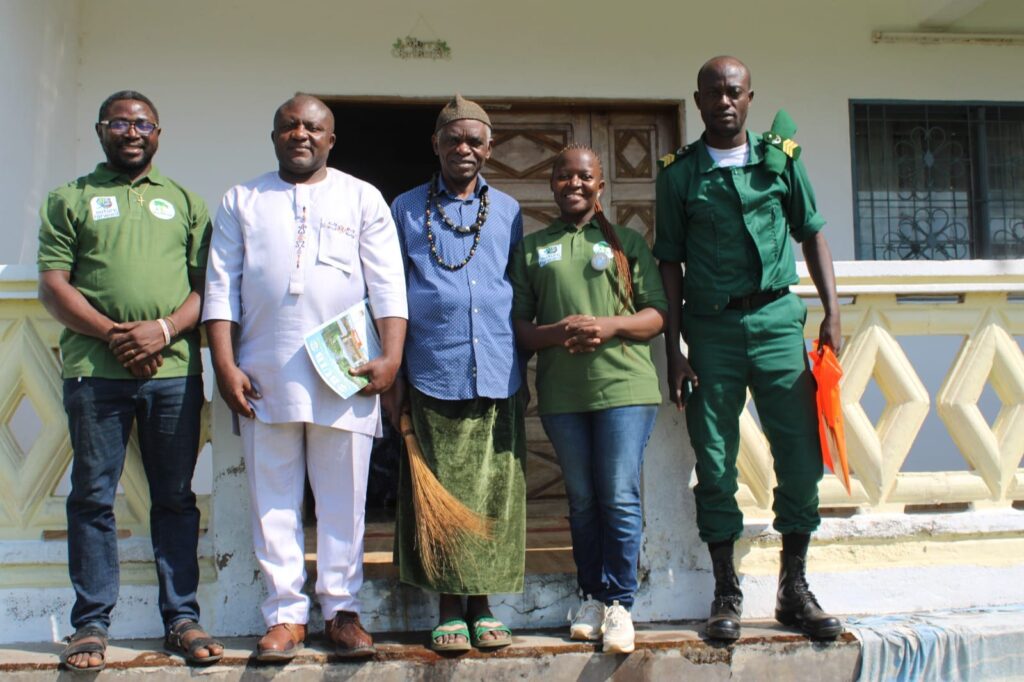
“We belief the Decree creating the Mount Muanenguba Herpeto-ornithological Sanctuary will remain an inconsequential theory if community members have no proper understanding of it and the operational mechanism of such a protected area. So, educating and seeking the support of local and indigenous leaders is our own way of contributing towards the realization of the objectives of creating the Sanctuary,” Ndimuh Bertrand Shancho, the Executive Director of VoNat, who doubles as the Project Coordinator explained.According to the VoNat boss, “it was the first time over 70% of the leaders were hearing about the new conservation status of the Mountain, as well as seeing/having access to the Prime Ministerial Decree that spells out the objectives and geographical boundaries of the protected area. The excitement and support from the leaders were far above expectation”.
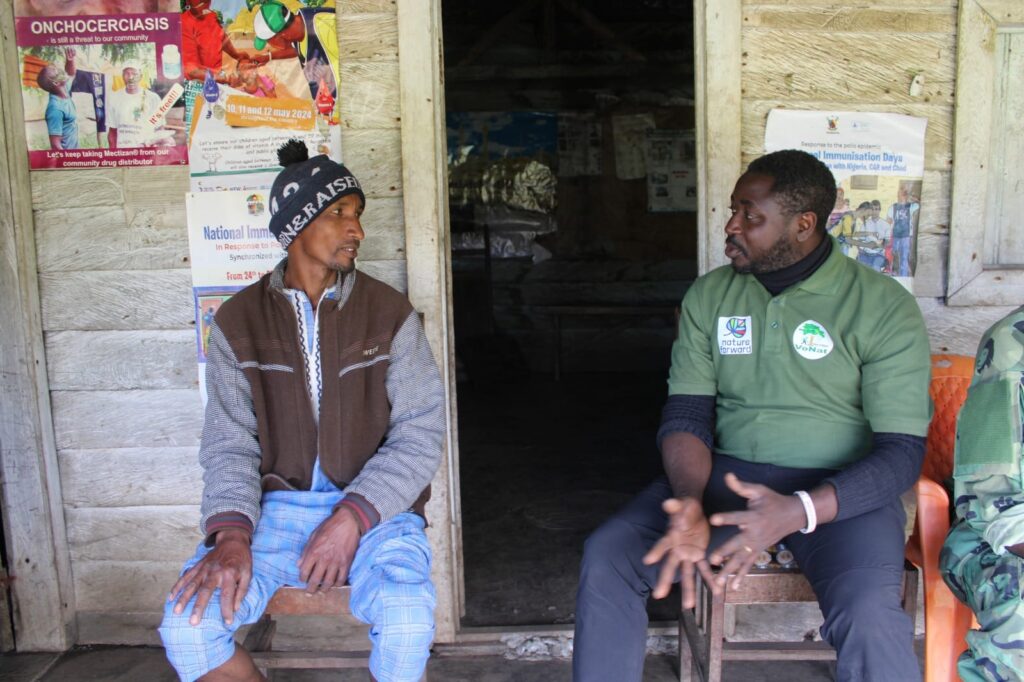
Traditional and indigenous leaders greeted the sensitization and conservation message with great joy and expectations. The traditional leader of Mborouko in the Melong Conservation cluster said “we are happy that is Mountain that is the source of potable water to our community has received such a great status from the Government. We are ready to support any effort that will contribute to the wellbeing of our people and the sustainable management of our resources”.
Sensitization Via Community Radios
VoNat also organized micro radio sensitization programs on Mount Muanenguba FM in Nkongsamba and the Ultimate Radio and Television in Bangem. Through these radio programs, the joint VoNat team and staff of the Mount Muanenguba Herpeto-ornithological Sanctuary Service educated thousands of persons in the Mount Muanengouba Area about Prime Ministerial Decree creating the Sanctuary. “We educated them on the permissible and non-permissible activities within the newly created heperto-ornithological sanctuary, and some species protected/endangered species in consonance with the new status of the mountain,” Kihkishiy Delphine, Species Conservation Programme Coordinator at VoNat said.
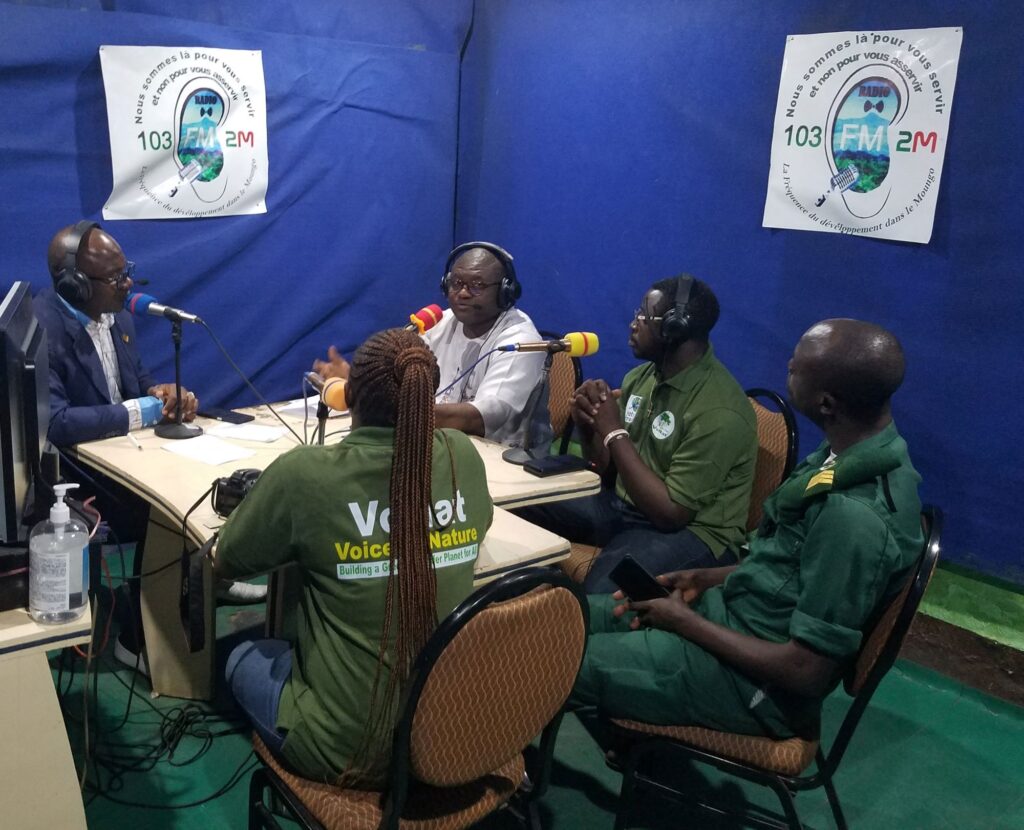
The Mount Muanenguba Herpeto-ornithological Sanctuary is a 4696-hectare protected area that cuts across the South West and Littoral regions of Cameroon. It plays host to about 100 species of amphibians, 89 species of reptiles and 270 bird species, with up to 60% of them said to be endemic to the area.
